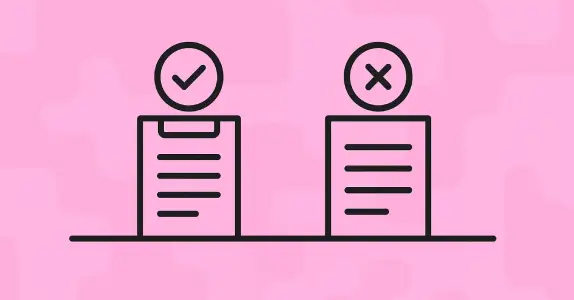If you market for an ecommerce brand in 2025, chances are you’ve tested—or at least considered—Omnisend. It’s a capable email marketing tool, but “capable” isn’t the same as “category-leading.”
The cracks show quickly: a clunky UI that slows campaign creation, limited customization, premium features locked behind high price tiers, and support that sometimes moves at a glacial pace.
Today’s ecommerce landscape demands more. Not just email automation, but an omnichannel engine—one that unifies every touchpoint, predicts what your customers need, delivers at speed, and helps you hit the KPIs that actually matter.
That’s why brands are looking beyond Omnisend—to Netcore Cloud and other alternatives that combine AI-driven insights, unbeatable deliverability, and hands-on partnership into one platform.
Struggling with limitations in Omnisend—like complex UI, scalability, or integration issues? This article evaluates the top 7 Omnisend competitors and alternatives for 2025:
- Netcore Cloud
- ActiveCampaign
- Drip
- Klaviyo
- Brevo
- HubSpot Marketing Hub
- MailChimp
What to Look for in an Omnisend Alternative
You want a platform that’s easier to use, smarter with AI, broader in channel coverage, and stronger in support.
Here’s what that means in practice:
- Ease of Use & Intuitive UI: Avoid steep learning curves that slow down campaign launches.
- Advanced AI/ML Capabilities: Predictive segmentation, behavioral targeting, and real-time personalization.
- True Omnichannel Marketing: Email, SMS, WhatsApp, Push, RCS—beyond just email focus.
- Superior Deliverability: Consistent inbox placement rates above 94%, adaptive throughput.
- Comprehensive Analytics: RFM analysis, user path tracking, custom reports.
- Reliable Support & KPI Partnership: Vendors who co-own your growth metrics.
- Scalability & Cost Efficiency: Flexible pricing that doesn’t penalize growth.
Top Omnisend Competitors in 2025
1. Netcore Cloud
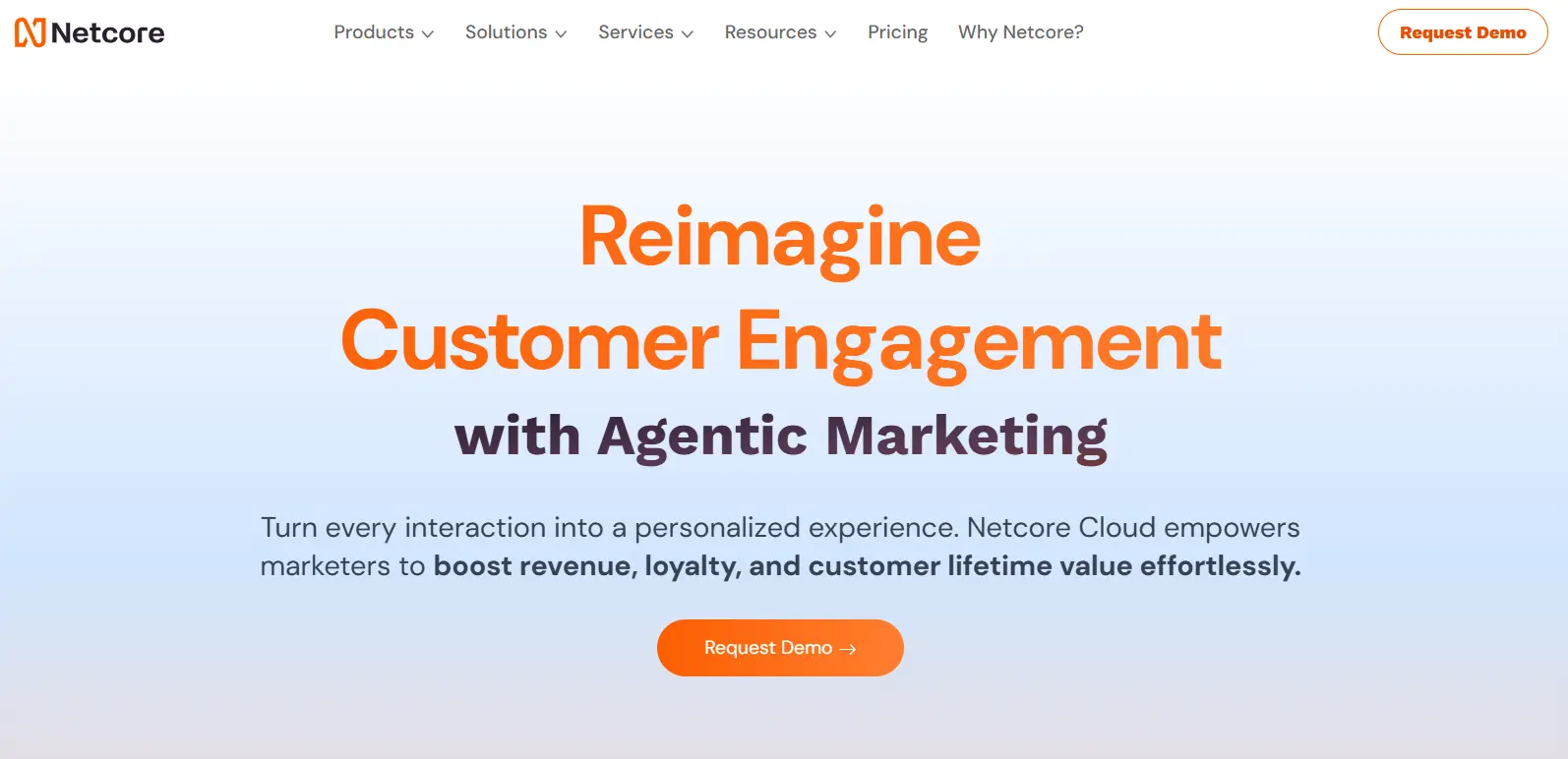
Netcore Cloud is a full-stack AI-powered customer engagement and experience platform designed for ecommerce brands. It delivers omnichannel campaigns, predictive segmentation, and lightning-fast email deliverability while co-owning KPIs with clients.
Pros:
- Advanced AI/ML insights for predictive targeting and personalization
- Full omnichannel suite (email, SMS, WhatsApp, push, RCS, in-app)
- Superior deliverability (94–95% inbox placement) with Blaze MTA
- Dedicated success teams and KPI ownership
Cons:
- Rich feature set may require onboarding to unlock full potential
Pricing: Custom based on volume and features.
2. Klaviyo
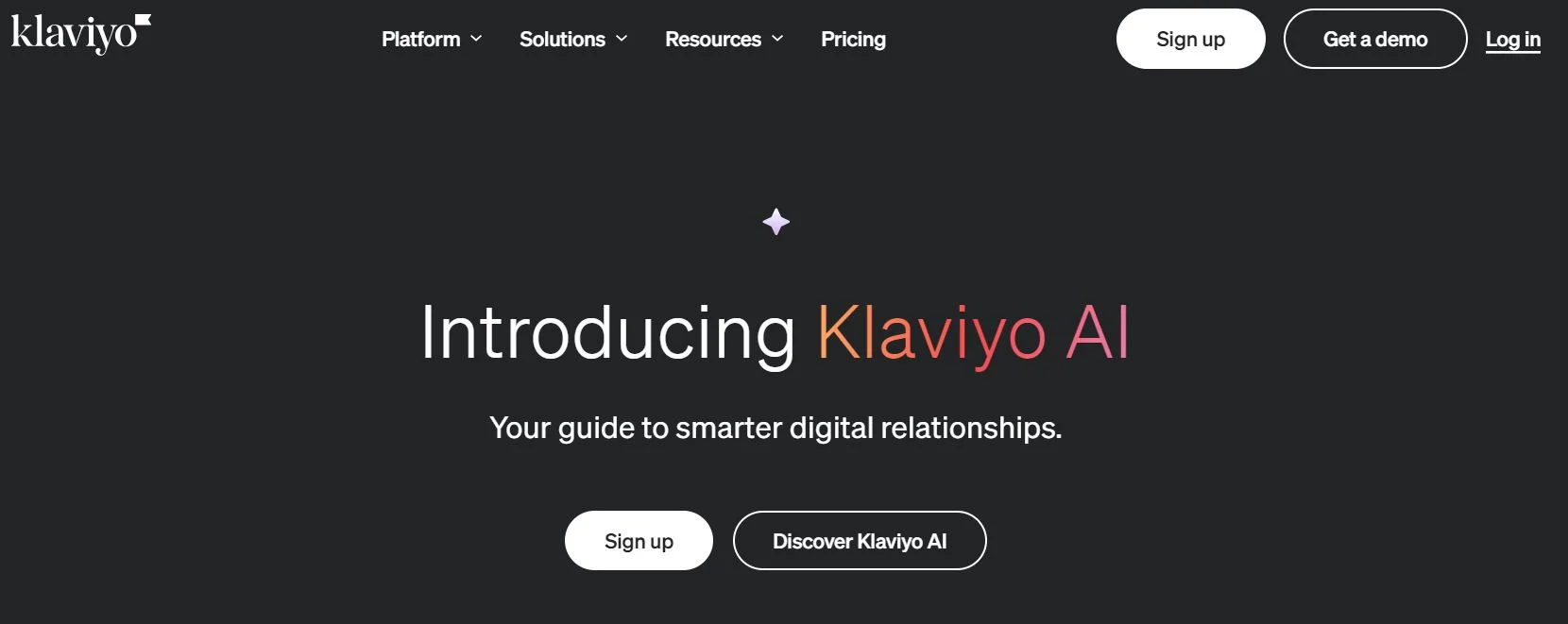
Klaviyo is an ecommerce-focused marketing automation platform known for its deep Shopify integration and strong email/SMS marketing features.
Pros:
- Excellent for Shopify and WooCommerce users
- Advanced email and SMS automation flows
- Strong analytics and segmentation
Cons:
- Pricing scales steeply with contact list size
- Limited native channels beyond email/SMS
Pricing: Starts at $45/month for email; $60/month for email + SMS (up to 1,500 contacts).
Check out Klaviyo alternatives
3. ActiveCampaign
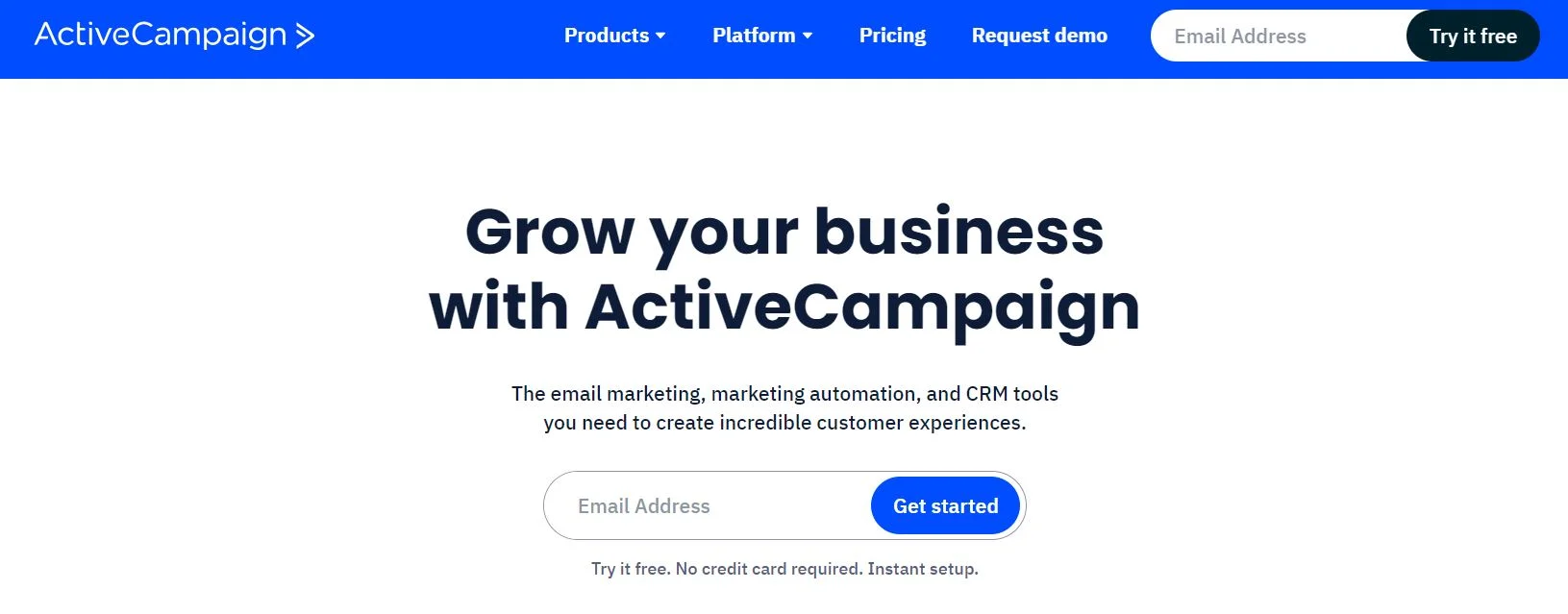
ActiveCampaign is a versatile CRM and automation platform that serves both ecommerce and B2B businesses, with strong email automation and CRM integration.
Pros:
- Visual workflow builder for complex automations
- CRM + marketing automation in one tool
- Good for multi-stage sales and retention journeys
Cons:
- Can be overwhelming for beginners
- Limited native ecommerce-specific features
Pricing: Starts at $39/month for Marketing Plus plan (1,000 contacts).
4. Mailchimp
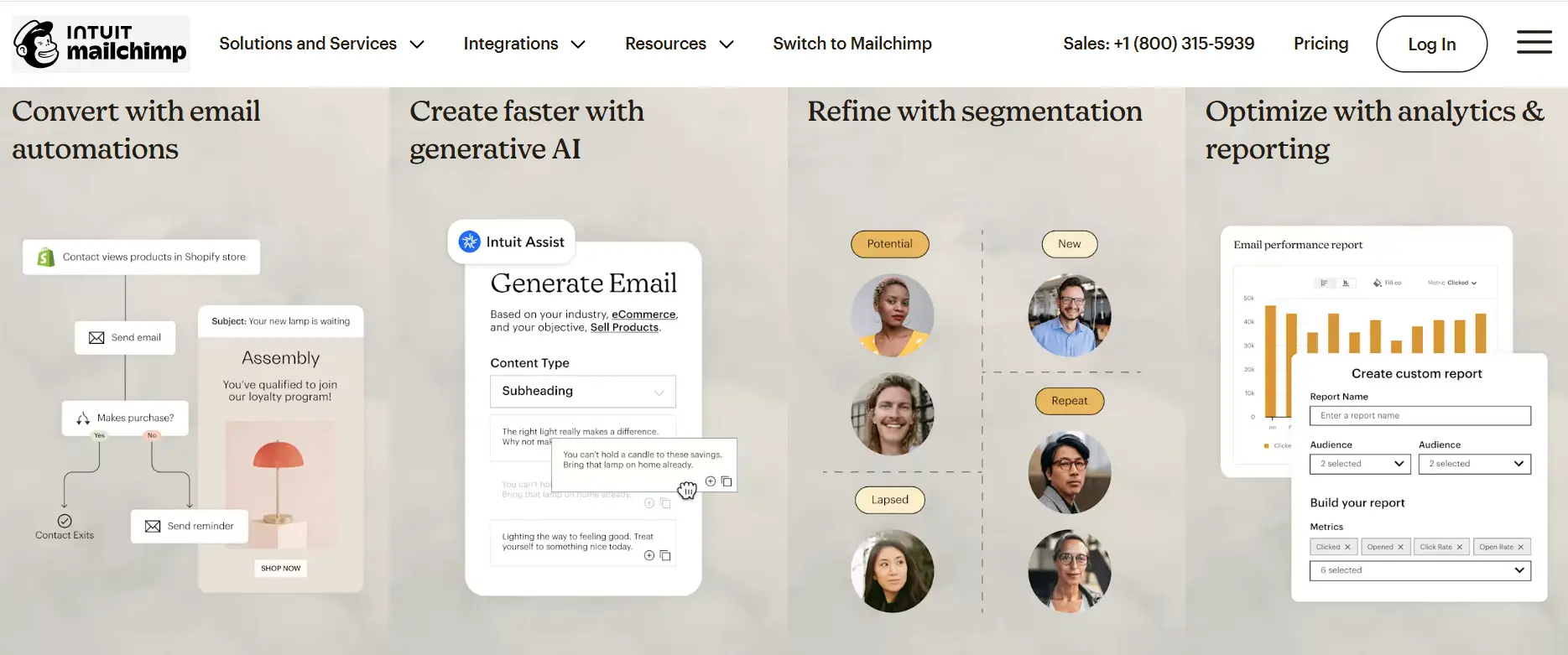
Mailchimp is one of the most popular email marketing tools, offering basic omnichannel capabilities and a user-friendly interface.
Pros:
- Easy to use for beginners
- Large template library
- Affordable for small lists
Cons:
- Limited automation and personalization depth
- Deliverability can vary for large-scale sends
Pricing: Free tier available; Essentials plan starts at $13/month.
5. Drip
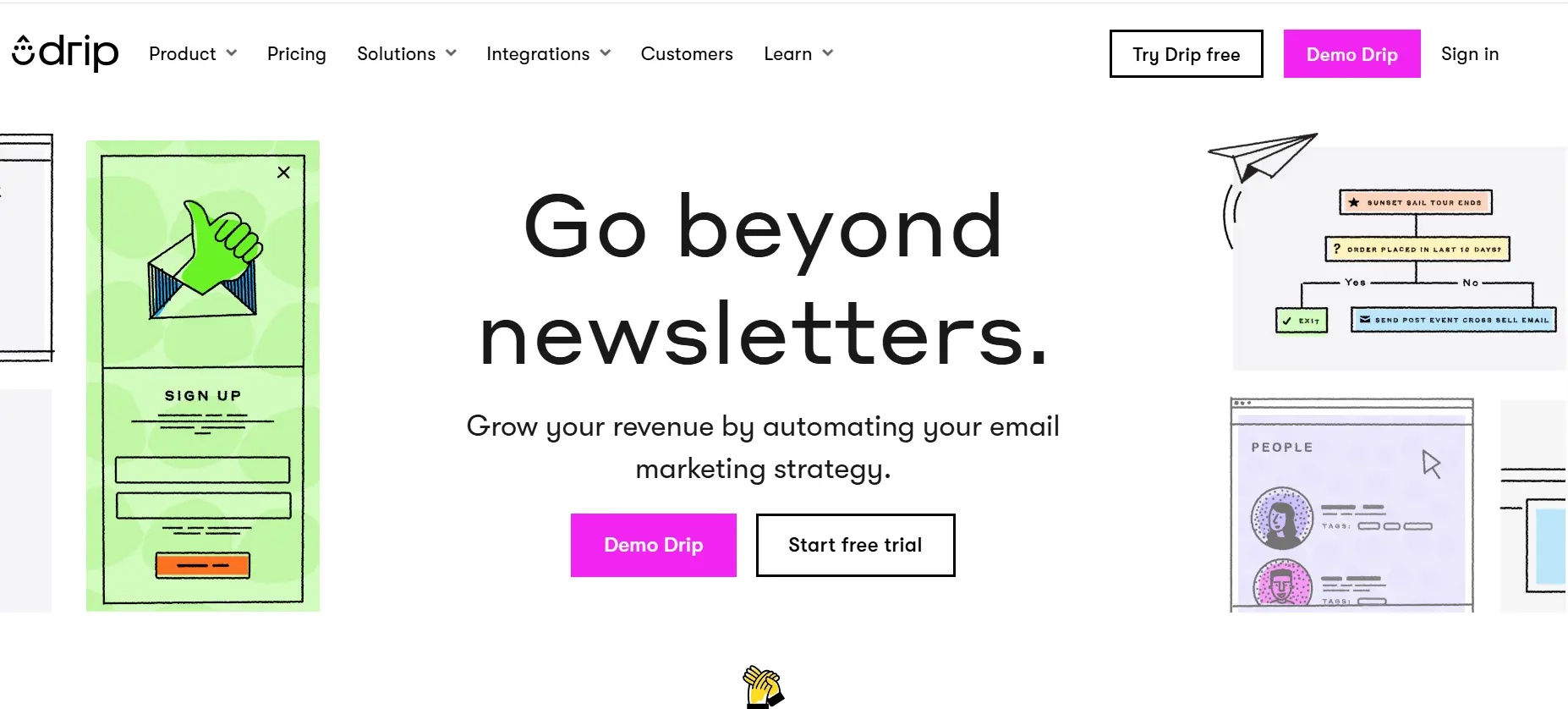
Drip is an ecommerce CRM and email automation platform built for online stores, with a focus on personalization and customer lifecycle campaigns.
Pros:
- Designed specifically for ecommerce brands
- Visual workflow builder
- Strong integration with Shopify and WooCommerce
Cons:
- Limited channel support beyond email/SMS
- Smaller integration ecosystem compared to competitors
Pricing: Starts at $39/month for up to 2,500 contacts.
6. HubSpot Marketing Hub
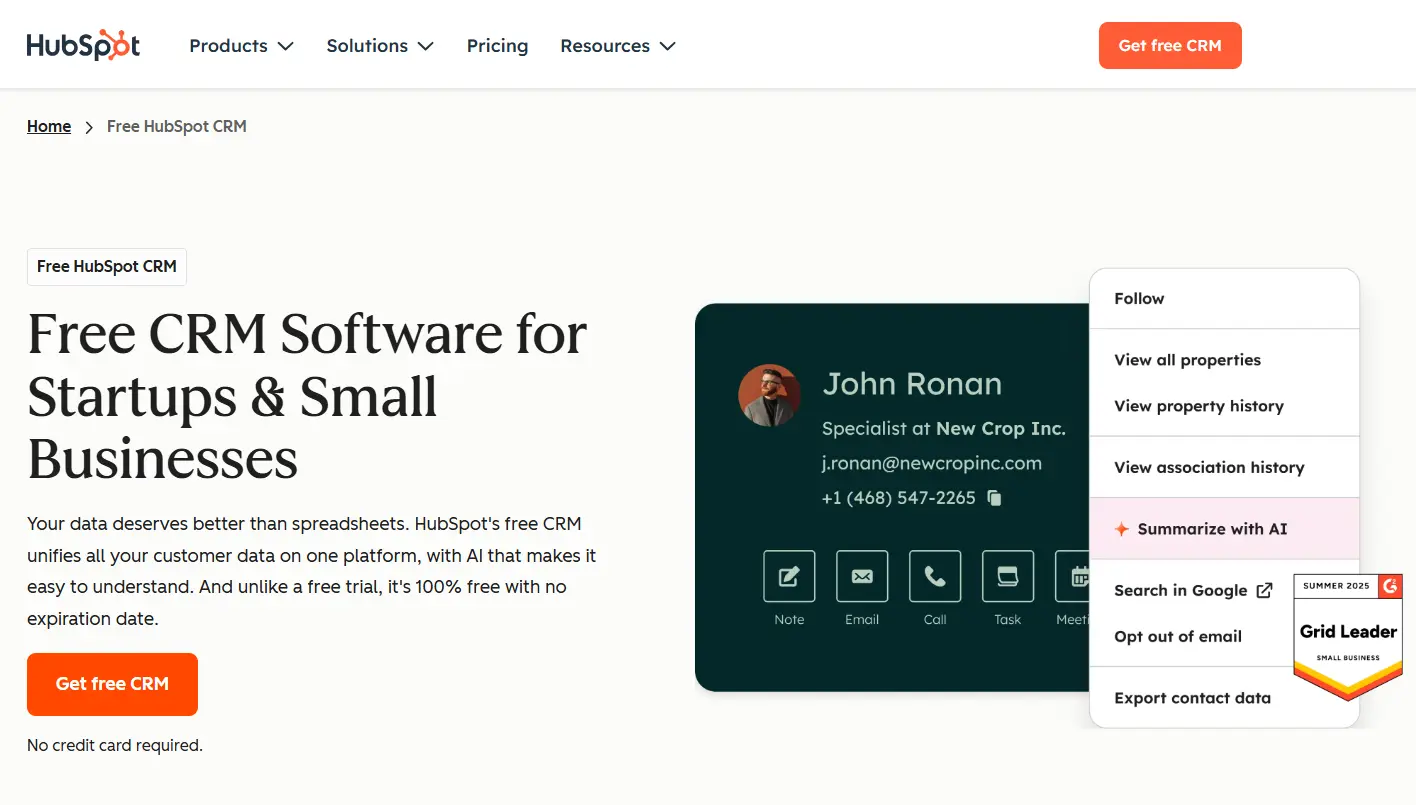
HubSpot combines marketing automation, CRM, and customer service in a single platform, ideal for businesses that need all-in-one growth tools.
Pros:
- Integrated CRM and marketing suite
- Excellent reporting and analytics
- Strong personalization features
Cons:
- Pricing can be high as you scale
- Steeper learning curve for advanced features
Pricing: Starts at $45/month (Starter), but enterprise plans can exceed $3,600/month.
7. Sendinblue (Brevo)
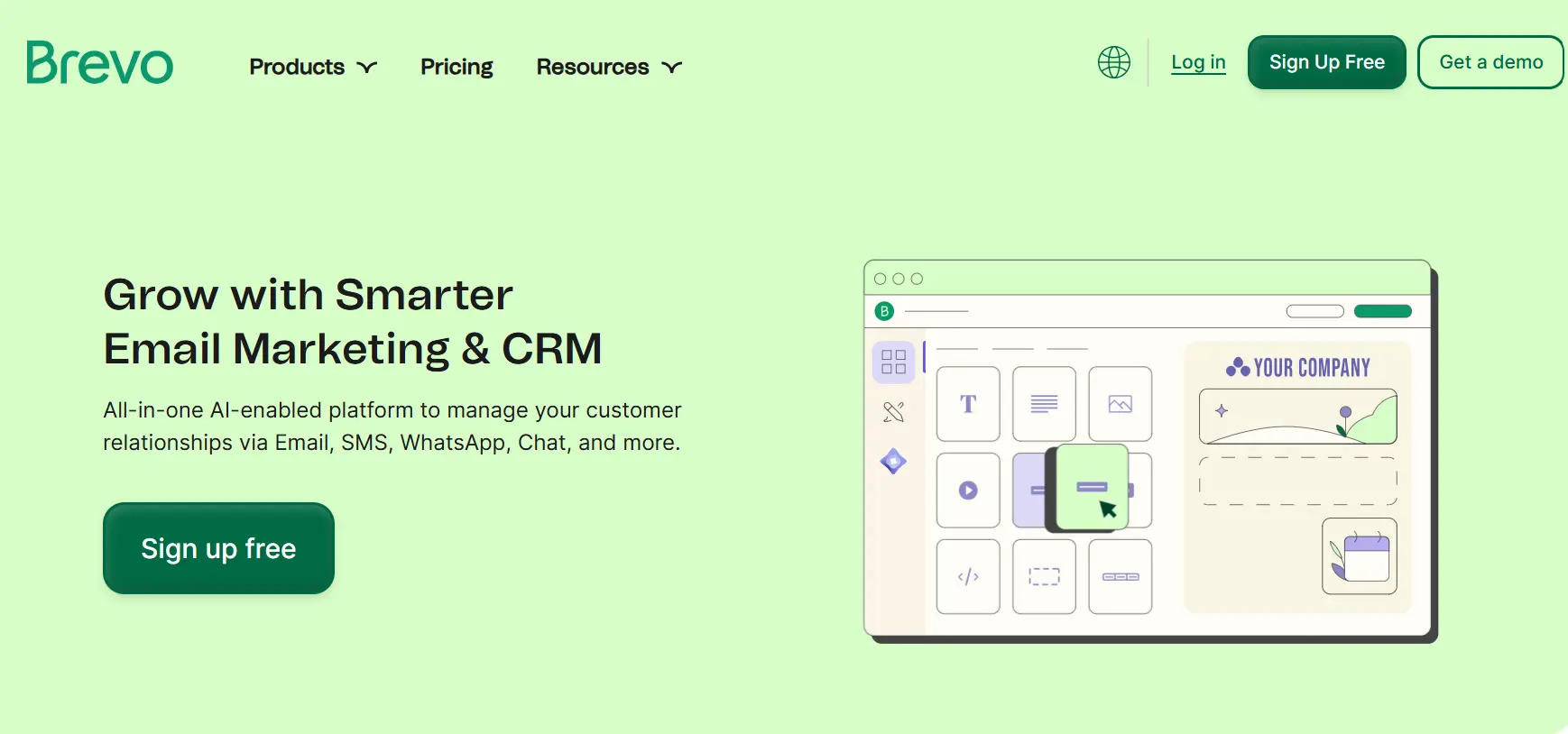
Sendinblue offers an affordable omnichannel marketing solution covering email, SMS, and chat, with basic automation capabilities.
Pros:
- Affordable entry-level pricing
- Email + SMS + chat in one platform
- Pay-as-you-go SMS pricing
Cons:
- Less advanced ecommerce integrations
- Automation features not as robust as competitors
Pricing: Free tier available; paid plans start at $25/month.
How to Choose the Right Omnisend Alternative
Match platform strengths to your exact growth needs to choose the right omnisend alternative.
Steps to help you decide are as follows:
- Define must-have channels (email, SMS, WhatsApp, push, etc.).
- Evaluate AI maturity—basic automation vs. predictive personalization.
- Check support—will they guide you or just hand over the tool?
- Test deliverability—especially if email is core.
- Check integration ease with Shopify, Magento, WooCommerce, Salesforce Commerce.
Final Take
While Omnisend remains a strong choice for many, businesses seeking greater customization, AI-driven personalization, or broader omnichannel capabilities have several worthy alternatives. Netcore Cloud, with its unified platform and real-time engagement capabilities, stands out for brands ready to elevate their customer experience strategy.
Ultimately, the right platform depends on your business model, goals, and how advanced your customer engagement strategy needs to be.








